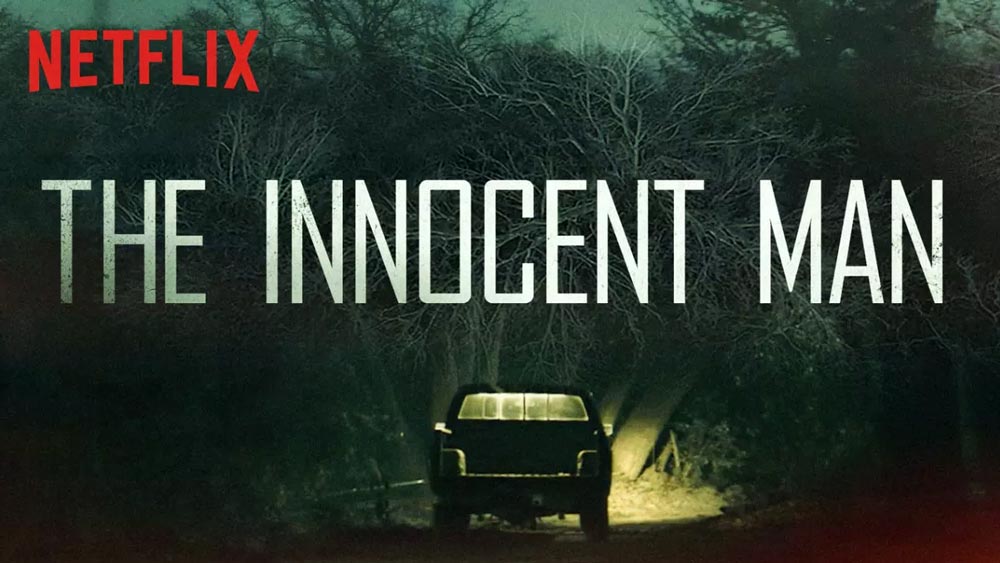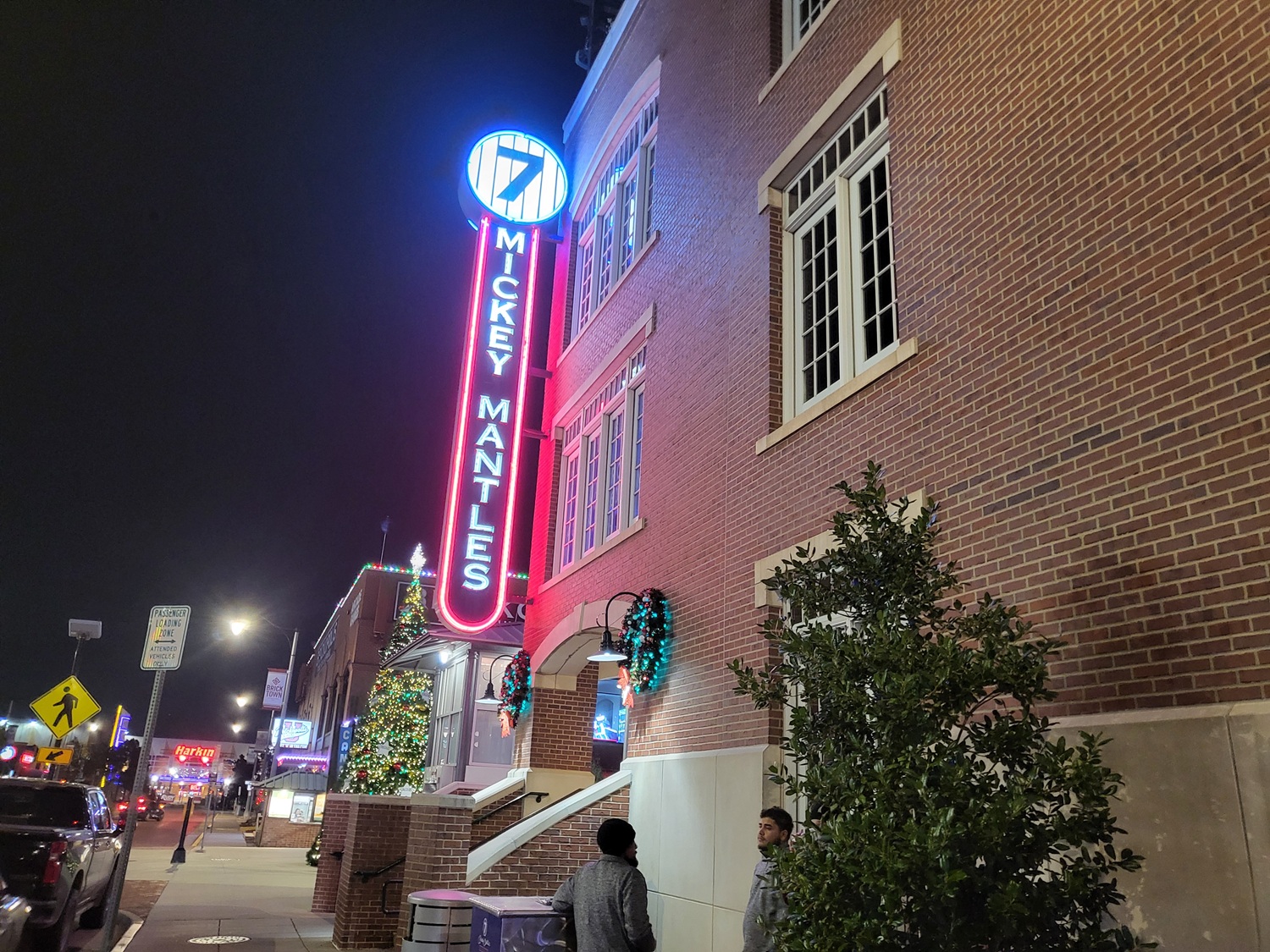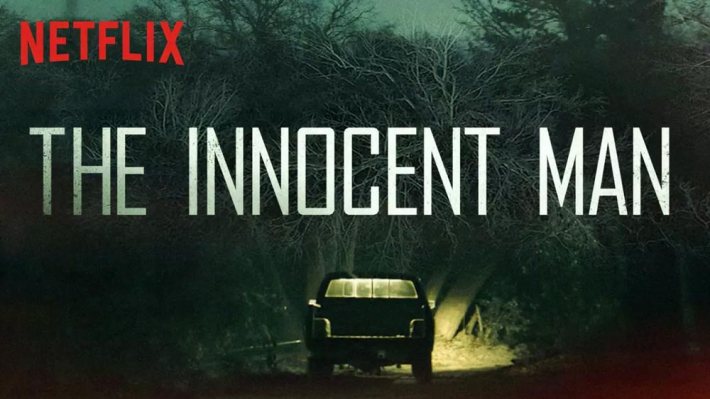
Good news, crime drama enthusiasts, documentary fans, and people needing another excuse to flee rural Oklahoma!
About a month ago, Netflix released a true crime docuseries called “The Innocent Man.” It's based off the John Grisham novel of the same name and profiles two high-profile murder cases that took place in the 1980s in Ada, Oklahoma.
While exploring the cases of Tommy Ward, Ron Williamson, and other men imprisoned for crimes they claim they didn’t commit (and probably didn't commit), the documentary seems to allude to the hypothesis that the Ada law enforcement officials were the real criminals in this case.
While I’m no lawyer and was too focused on winning a Facebook comment war with my brother-in-law to pay close attention to the story, I still had some thoughts about the show. So here are 10 observations I made while watching “The Innocent Man.”

It painted Ada as a shit hole
Despite John Grisham’s assurance to viewers that Ada isn’t a bad town, the filmmakers seemed to focus a lot of the shots on the four whole members of Brother Wolf’s congregation, the industrial remnants of Ada’s prime, neighborhoods with overgrown lawns, and the town’s water tower. It kind of paints Ada in a terrible light. Even though the reality is that Ada is known for such attributes as East Central University, a beautiful historic district, and how amazingly efficient the law enforcement personnel are at putting people in prison.
-
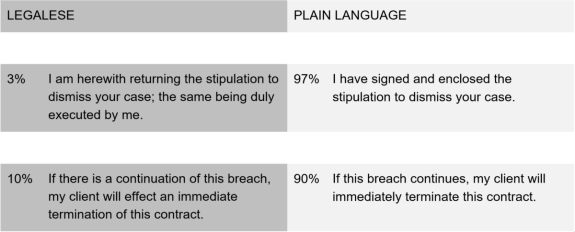
There were a lot of legal terms
I don’t know if it is my Arts degree or the Anthem brew I was drinking that is to blame. But I had a hard time keeping up with all of the legal terms being thrown around. But I guess that’s why God invented google.
-

Confusion as to how people got laid in the 80s
The reenactments and supposed confession tapes show some interesting fashion and haircut choices. My millennial generation technically shouldn’t exist because I don’t know how anyone dressing like they did in the 80s could’ve ever gotten laid.
-

The preacher open carried
Tommy Ward’s preacher brother-in-law Bud Wolf is featured continuously throughout the film, almost as a foil for Tommy’s own life. Something that the documentary brought to the viewers’ attention is the fact that Brother Wolf finds the need to “protect” himself with a handgun in his own church. The fact that an Oklahoma preacher was openly carrying a gun in church didn’t surprise me. What did surprise me was how unsurprised I was that a preacher open carried in church.
-
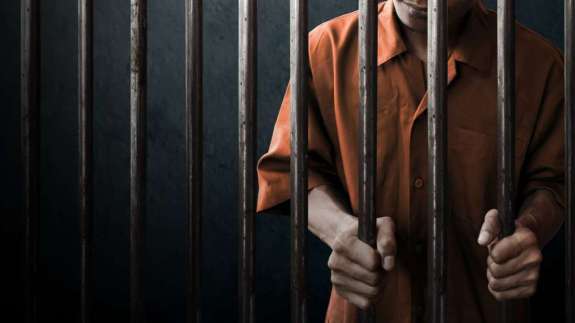
There is no real reason for the death penalty
Near the end, the documentary informs us viewers that approximately 4% of inmates aren’t guilty of the crimes for which they are imprisoned. Combine that nifty little factoid with the atrocious recent history of Oklahoma’s botched executions and stories of people like Ron Williamson, who came within four days of his own execution before being found innocent of the crimes, and then try to think of a single reason why the death penalty should still be allowed in Oklahoma.
-

It’s odd that the evidence is just in a random storage unit
Now I don’t know a whole lot about forensics or evidence or anything like that. But it’s weird to think that the belt that was used as a murder weapon against Debbie Carter was just chilling in a plastic bag inside of a regular old storage container that theoretically could’ve been next to the unit my parents use to store my baby pictures and family heirlooms they can’t sell until grandma dies.
-
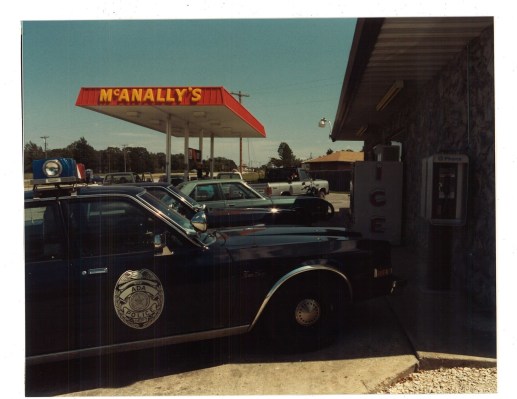
The crimes didn’t happen that long ago
With the advent of DNA evidence being used in court and things like body cameras keeping law enforcement more accountable, it is easy to forget just how recent these crimes and imprisonments of innocent people really are. In fact, many of the suspects and law enforcement personnel are not only still in Ada, but also rocking the same hairstyles.
-

The documentary kind of forgot about the women
I know that the premise of this documentary was to discuss the imprisonment of innocent men by possibly corrupt law enforcement. But for a documentary covering the murder of two young women in a state that is consistently rated high for female homicide and low for women’s life expectancy, you’d think it would pay a little more attention not only to the fact that these women were killed in cold blood regardless of who committed the crime, but also that the problem hasn’t decreased in the two decades since the Ada murders.
-

The law enforcement also seemed to forget about the women
If it is the case that law enforcement knowingly threw innocent men behind bars to appear to be “tough on crime” to the citizens of Ada, then it appears that cops were so obsessed with giving the town the illusion of security that they ultimately forgot to make women’s safety a priority by refusing to arrest the right men.
-

The Ada law enforcement personnel, OSBI agent, and DA looked like caricatures
In a fictional story, if you would have described an OSBI agent as a handle bar mustached man with dark glasses, the lead detective as a stocky dude with a constant scowl and daughter the same age as the murder victim, and the DA as a plump balding man with a southern draw and knack for story-telling, then you would’ve made a solid D in your creative writing class for lack of character depth. Yet that’s exactly what OSBI Agent Gary Rogers, Detective Dennis Smith, and DA Bill Peterson looked like.
-
One of those descriptions also describes Hayley. Follow her on Twitter @squirrellygeek
